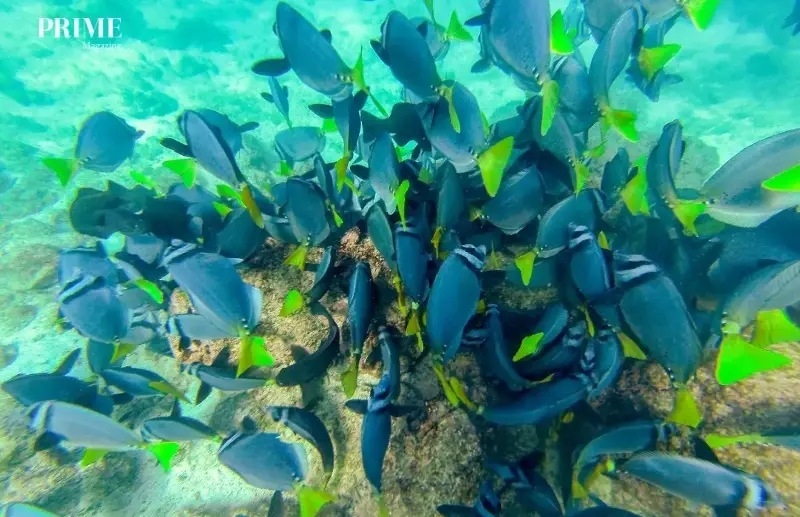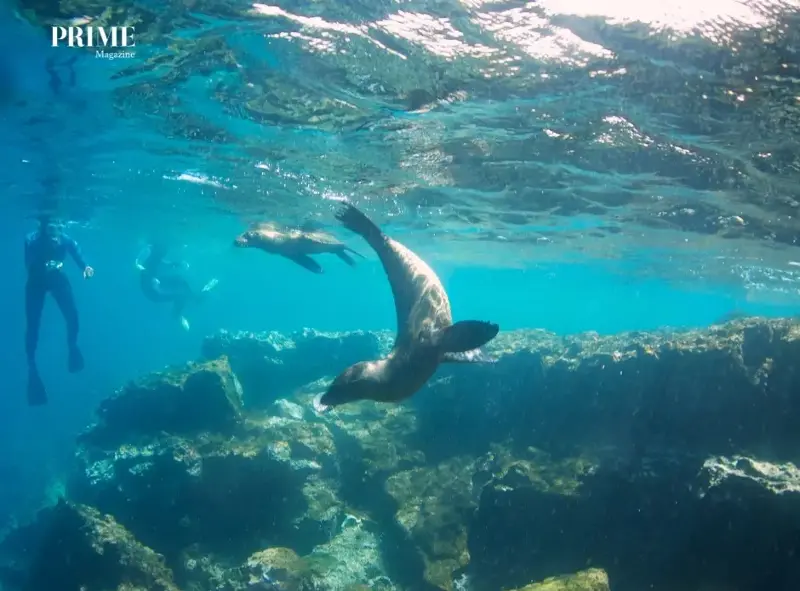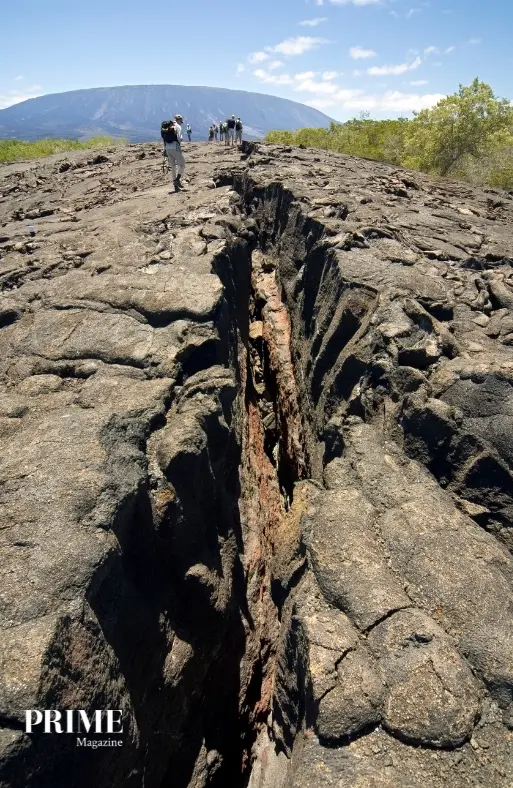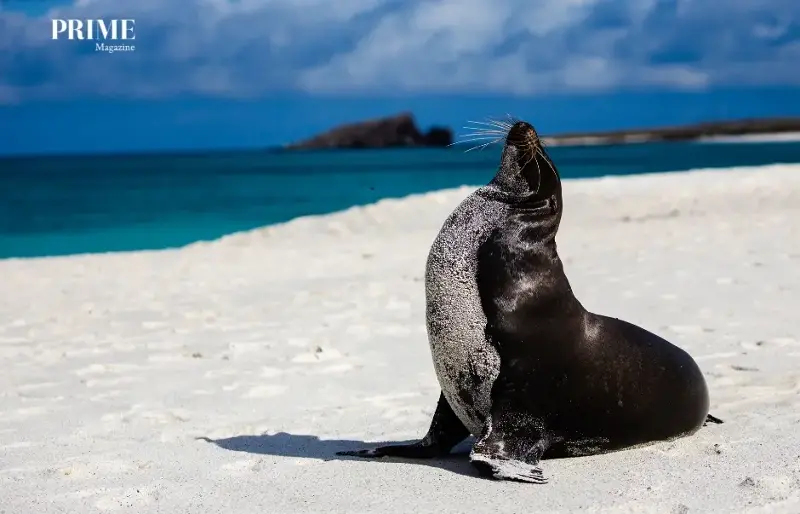Part 2 of the Prime.sg Ecotourism Series

Galapagos coastline
The Galápagos Islands have long been a symbol of wonder for nature lovers. Their untouched landscapes, fearless wildlife, and deep scientific heritage make them one of the most extraordinary ecotourism destinations in the world. In recent years, global interest in Galápagos Islands ecotourism has grown rapidly, as travellers seek meaningful ways to connect with nature while supporting conservation. This guide helps you understand what makes the islands so special, how to explore them responsibly, and tips to maximise your eco-friendly adventure.
Why the Galápagos Islands Matter for Ecotourism
Located about 1,000km off the coast of Ecuador, the Galápagos Islands are home to species found nowhere else on Earth. Charles Darwin’s famous visit in 1835 led to scientific discoveries that shaped modern biology. Today, this protected archipelago remains a living laboratory where nature thrives with minimal human intervention.
This unique environment explains why Galápagos Islands ecotourism plays such an important role. Almost 97% of the land area is part of the Galápagos National Park, and strict visitor controls limit environmental damage. Tourism fees help fund conservation programmes, wildlife monitoring, marine protection, and local community development.
Understanding Galápagos Islands Ecotourism Principles

Isabela Island, Galapagos, Ecuador
Ecotourism in this region follows three main principles:
1. Protecting Fragile Ecosystems
Visitors must follow marked trails, avoid touching wildlife, and listen to the guidance of certified naturalist guides. These rules ensure that humans do not disturb nesting sites, plants, or marine life.
2. Supporting Local Communities
Most guides, boat crews, transport operators, and hospitality workers are local residents. When you choose sustainable tours or locally run hotels, you help strengthen the community economy and preserve cultural heritage.
3. Encouraging Education and Awareness
Every eco-friendly tour includes explanations of the islands’ volcanic formations, endemic species, evolutionary history, and ongoing conservation challenges. This educational element is central to Galápagos Islands ecotourism and shapes more responsible global travellers.
Choosing the Best Way to Explore the Galápagos Islands

Galapagos Islands School of Fish
There are two main ways to experience the islands:
(1) expedition cruises and (2) land-based adventures.
Cruise-Based Ecotourism

Cruise Ship Near Galapagos Islands Coastline
Small-ship cruises remain the most efficient way to access remote visitor sites. Because cruise routes are tightly monitored, they help manage crowd levels and environmental impact.
Cruise advantages include:
-
Multiple island landings in a single trip
-
All-in-one packages (meals, lodging, guides)
-
Access to remote islands not reachable by day boats
-
Higher chances of wildlife encounters

Sea Lions Play with Snorkelers Galapagos Island Tour
However, cruises can be expensive, and itineraries are fixed. Travellers seeking flexibility may prefer land-based options.
Land-Based Ecotourism
Travelling from island towns such as Puerto Ayora, Puerto Baquerizo Moreno, or Puerto Villamil offers more freedom and affordability.
Land-based benefits include:
-
Choice of eco-lodges and community-run stays
-
Customisable daily tours
-
More interaction with local culture
-
A slower, relaxed pace
To remain environmentally responsible, many travellers choose locally certified guides who understand Galápagos Islands ecotourism standards. These guides know which areas are protected, which wildlife zones are sensitive, and how to minimise ecological impact.
Top Ecotourism Experiences in the Galápagos Islands

Galapagos crab, Galapagos Islands, Ecuador
1. Wildlife Encounters Like No Other
The islands are famous for animals that show little fear of humans. You may walk beside blue-footed boobies, giant tortoises, iguanas, and sea lions lounging casually on beaches.
Keep your distance, even if they approach you. Responsible wildlife viewing is a cornerstone of Galápagos Islands ecotourism.
2. Snorkelling and Diving in Pristine Waters
Marine life includes reef sharks, sea turtles, rays, penguins, and vibrant schools of fish. The Galápagos Marine Reserve is one of the largest protected areas in the world, making underwater activities especially rewarding.
3. Guided Nature Walks on Volcanic Islands

People on Lava Field, Galapagos
Each island has a distinct landscape.
-
Bartolomé features lava fields and the iconic Pinnacle Rock.
-
North Seymour has nesting frigatebirds and blue-footed boobies.
-
Isabela offers dramatic volcano hikes.
4. Visiting Research and Conservation Centres
Stops such as the Charles Darwin Research Station educate visitors on conservation science, invasive species removal, and tortoise breeding programmes. These centres highlight the science-driven purpose behind Galápagos Islands ecotourism.
How to Travel Responsibly in the Galápagos Islands

Man Taking Photo on Boardwalk in Galapagos
To minimise your environmental footprint:
-
Follow all guidance from national park-certified guides.
-
Avoid single-use plastics; bring refillable water bottles.
-
Choose eco-certified tour operators and locally owned lodgings.
-
Keep a respectful distance from wildlife.
-
Stay on marked paths and avoid disturbing vegetation.
-
Support local artisans instead of imported souvenirs.
These simple habits strengthen sustainable travel and help protect the islands for future generations.
When to Visit the Galápagos Island
The islands are a year-round destination. The best period depends on your interests:
-
December to May: Warm weather, calm seas, excellent for snorkelling
-
June to November: Cooler, nutrient-rich waters, great for wildlife activity
Flights from Singapore require at least one or two transits, typically via Europe, Japan or the US before connecting through Quito or Guayaquil in Ecuador.

Galapagos Islands
Why Galápagos Islands Ecotourism Matters
The Galápagos Islands show how tourism can coexist with conservation. Visitor guidelines protect delicate ecosystems. Local communities benefit from meaningful employment. Travellers return home with deeper appreciation for biodiversity. This is exactly what ecotourism strives to achieve—responsible travel that leaves a place better than before.
This is Part 2 of the Prime.sg Ecotourism Series. Next up: Gunung Mulu National Park — Southeast Asia’s Hidden Eco-Gem.
